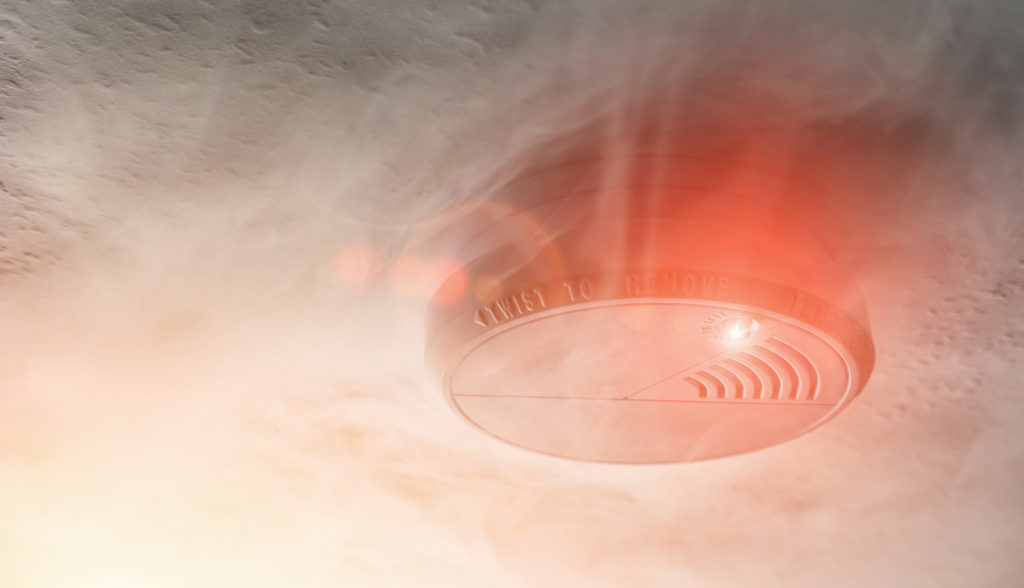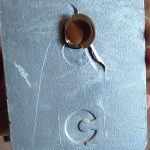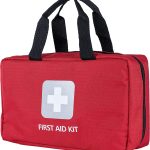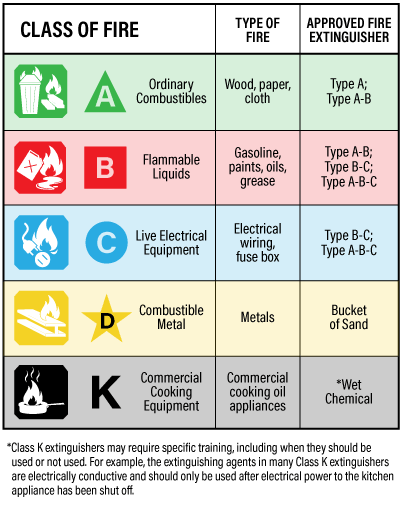Top Six Fire Safety Tips

The Ontario Fire Code (under the Fire Protection and Prevention Act, 1997), sets out minimum requirements for fire safety in buildings and facilities, including condos, not just the following Top Six Safety Tips that are listed below. Unless specified otherwise, the Fire Code considers the “owner” to be the condo corporation, who is responsible for carrying out its provisions.
Here are the Top Six Safety Tips to help owners, Boards and Property Managers keep their condos safe:
1) KEEP YOUR FIRE PLAN UPDATED
2) COMMUNICATE WITH RESIDENTS
3) ENCOURAGE RESIDENTS TO KEEP A ‘HIGH-RISE SURVIVAL KIT’ IN THEIR UNITS
4) SMOKE AND CARBON MONOXIDE DETECTORS
5) IDENTIFY ADDITIONAL EXITS IN YOUR HOME
6) CHECK YOUR FIRE EXTINGUISHERS REGULARLY
HIGH-RISE BUILDINGS:
Keep Your Fire Plans Updated
Condos with more than 10 people must have a fire safety plan that is approved by the Chief Fire Official. It is important to review your plan annually. Be sure to include any changes to staff, renovations (completed or ongoing), upgrades to the building components and changes to the list of residents who will need assistance in an emergency.
A note on Chubb Box security: Property Managers are all-too aware of the recent uptick in broken Chubb boxes and stolen building keys. The Fire Department does not require keys to be stored in these boxes. If you are in an area of high crime or experiencing this issue, you may wish to have the keys removed – just be sure that you have an on-site keyholder who can grant immediate access to the Fire Department, if you choose to go this route.

Communicate with Residents
Sharing your Fire Plan with residents on an annual basis will help educate them on how to proceed in the event of a fire. It is a good idea to share the communication prior to the annual fire drill, so there are no surprises when that bell goes off! Be sure to have annual fire drills and inform residents of the “Meeting Location” outside of the building.
Encourage Residents to Keep a ‘High-Rise Survival Kit’ in Their Units
Toronto Fire Services recommends that tenants keep a ‘survival kit’ readily available if they become trapped during a fire. The following items can be purchased for under $50 and may increase your changes or surviving a fire:
- Wet towel – place at the base of a door.
- Duct tape – tape over door and vent openings.
- Whistle – use to signal for help.
- Flashlight – use in case of power failure, smoke or to signal for help.
- Bright-coloured cloth – hang up in a window or balcony, to identify your location.
- Cotton bedsheet – if smoke is heavy in your room, soak the bedsheet with water and make a tent near an open window.
- Wash cloth – place the wet cloth over your mouth and nose to aid breathing in smoke-filled areas.
For a comprehensive list of survival kit items, visit here
TOWNHOUSES AND VACANT LAND PROPERTIES:
Smoke and Carbon Monoxide Detectors
By law, smoke detectors must be installed on each floor of your home. Carbon Monoxide alarms must be installed outside of each bedroom, in homes that have fuel-burning appliances (think: water heater, stove, gas-powered equipment in the garage). It is best practice to check these on a monthly basis and to get into the habit of changing the batteries each time you change your clocks back (March and November).
A note on fire safety equipment: unless otherwise specified, the unit owner is responsible for ensuring all fire equipment is functional. Any fines levied as a result of expired or missing fire safety equipment will be applied to the owner of the unit, regardless of whether or not they reside at that address.
Identify Additional Exits in Your Home
Be aware of other exits in your home, aside from the main entry door. Share this with others who live in or visit your home – very seldom will everyone be able to escape through the front door, in an emergency. Fire Safety experts also recommend having a ladder on each above-ground floor, which can be retracted to the ground if access to the main floor is blocked. Be sure to educate all adults and older children on the location of First Aid kits and exits in your home.

Check Your Fire Extinguishers Regularly
Fire experts recommend picking up and shaking your extinguishers each month, to loosen up the chemicals. If you have not done this in a while (or ever), tapping the extinguisher with a rubber mallet can aid in this process. Keep an eye on the needle at the top – it should be straight up-and-down. If it is slightly off in either direction, it is time for a shake! Pay attention to the expiry labels and the type of extinguisher you have (some are specific to ordinary combustibles like wood and paper, others are used for flammable liquids like grease, gasoline, and oil). There are 5 classes (A through D & K) with some that fit into multiple categories, so it is important to make sure you have at least one on every level of your house, with appropriate coverage.

There are many great resources out there on how to practice fire safety in high-rise and townhouse complexes. You don’t need to just rely on these Top Six Safety Tips! Residents, owners, Directors and Property Managers should all make sure they are doing their part to keep their condos safe. CCI has many resources that speak to fire safety and Fire Code changes – for more information, please contact your local chapter at www.ccilondon.ca
If you would like to read more about emergencies in condos, please visit our other blog articles about safety: What is an Emergency? and Living Safely in Condos.

